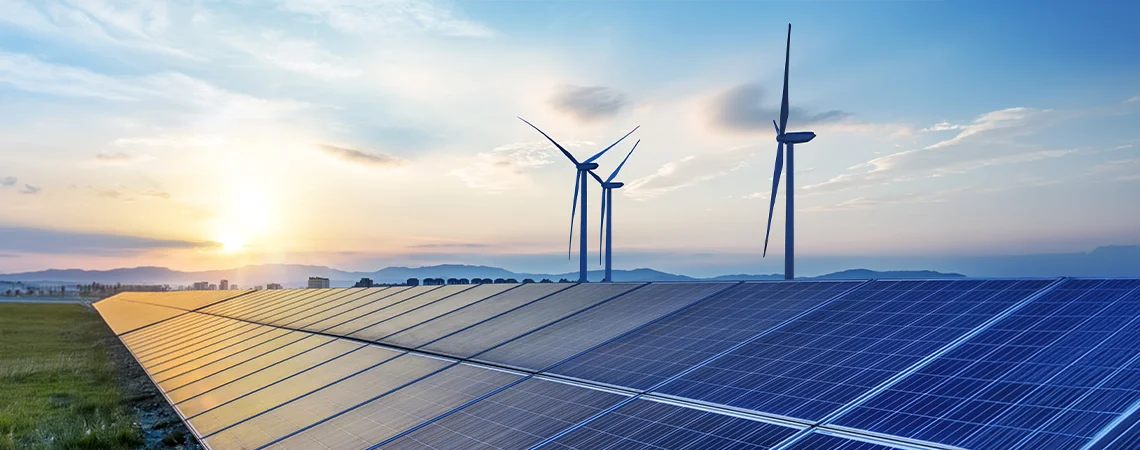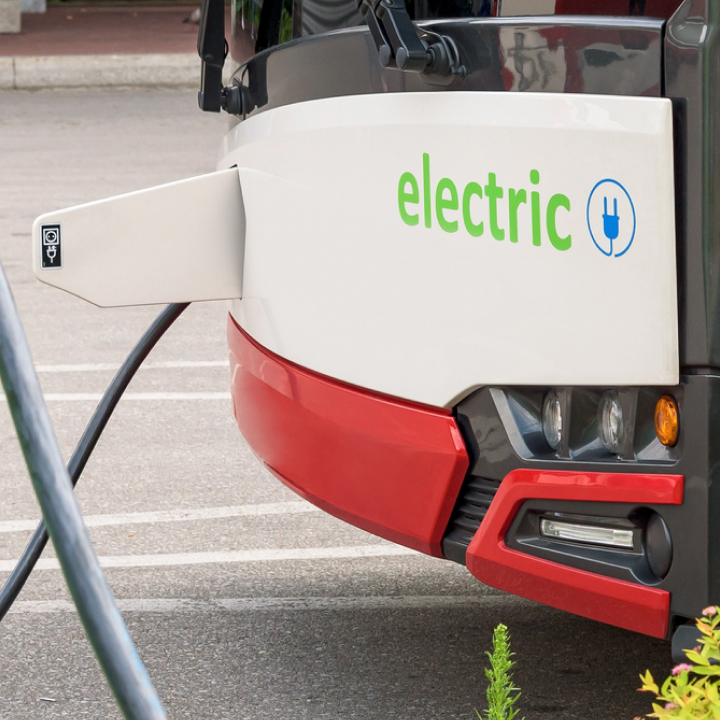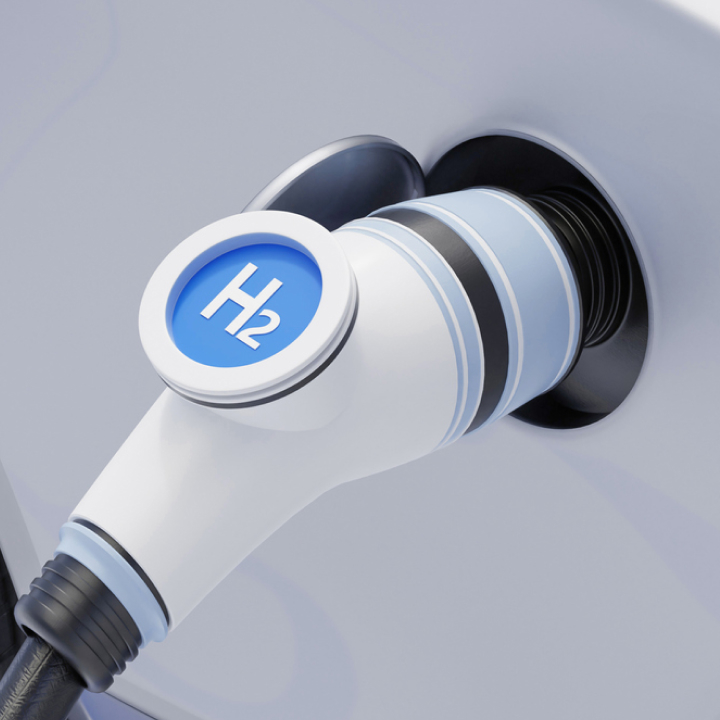In recent years, the focus on renewable energy has grown exponentially. This is because traditional energy sources, such as oil and coal, have negative environmental impacts and are limited. Renewable energy, on the other hand, offers sustainable and clean solutions. But what exactly are the different types of renewable energy available? In this article, we will explore the main sources of renewable energy and how each contributes to a greener future.
What are renewable energies
Renewable energies are energy sources that regenerate naturally and do not deplete with use. These sources are essential for reducing environmental impact and combating climate change. Unlike fossil resources, which take millions of years to form and contribute to pollution, renewable energy is more sustainable and has much less ecological impact.
Solar Energy
Solar energy is one of the best known and most widely used renewable energy sources. It is based on the capture of sunlight by photovoltaic or thermal panels. Photovoltaic panels convert sunlight directly into electricity, while thermal panels use the sun’s heat to heat water or air. This form of energy is particularly effective in regions with high insolation, but is still adaptable in less sunny areas due to technological advances. Solar energy is versatile and can be used to power homes, businesses and even electric vehicles.
Wind Energy
Wind power harnesses the power of the wind to generate electricity through wind turbines. These turbines, installed both onshore (on land) and offshore (at sea), convert wind kinetic energy into mechanical energy, which is then converted into electricity. Wind power is particularly effective in areas with constant and strong winds, such as coastal areas and open plains.
Hydroelectric Power
Hydropower is generated by the force of moving water, such as rivers and waterfalls. This form of energy uses hydropower plants that harness the flow of water to turn turbines, thus producing electricity. Large-scale hydropower can be obtained by using dams to store large amounts of water in a reservoir or natural reservoir, creating a reservoir to control the flow of water.
Although large amounts of electricity can be produced through hydropower, it is important to consider the environmental impact of the facilities, which while not generating emissions can change local ecosystems.
Geothermal Energy
Geothermal energy uses the Earth’s internal heat to produce electricity and heat buildings. This heat comes from geothermal activity below the Earth’s surface. In geothermal power plants, underground heat is extracted and harnessed to produce steam that can turn turbines and generate electricity. Geothermal energy is sustainable and can provide a constant source of energy independent of outside weather conditions, but it is limited to areas with significant geothermal activity, such as volcanic regions.
Biomass Energy
Biomass energy is produced by burning organic material, such as wood, straw, and agricultural waste. This process generates heat that can be used to produce steam and, later, electricity. Biomass can also be converted into biogas, which can be used as fuel for vehicles and heating systems. Biomass energy offers a way to recycle organic waste and reduce greenhouse gas emissions, but production must be managed sustainably to avoid deforestation and over-harvesting of resources.
Tidal and Wave Energy
Tidal and wave energy harness the movement of water in the seas and oceans to generate electricity. Tidal energy uses tides to set turbines in motion, while wave energy harnesses the movement of ocean waves. These systems are still under development and not yet widely used, but they offer significant potential for future generations of renewable energy, especially in coastal regions with strong tides and waves.
Energy from Hydrogen
Hydrogen energy is one of the most promising emerging technologies. Hydrogen can be produced by electrolysis, which uses electrical energy to separate water into oxygen and hydrogen. This hydrogen can then be used as fuel in fuel cells to generate electricity, generating water as the only by-product. Hydrogen has the potential to power vehicles and industrial plants, reducing carbon emissions and offering a flexible solution for the energy future.




